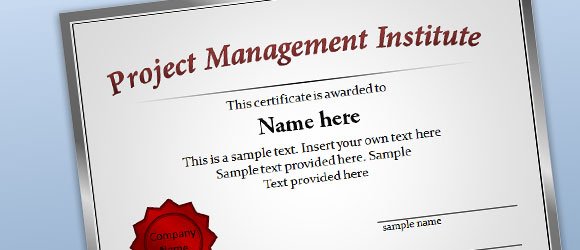As a trainer, one of a good news for me when one of your training participant texting and inform you that she/he passed the PMP exam. Yes, yesterday I've got a very good news, because Mba Trisni Sophiwati has passed PMP exam on her first try. I thought she is the first Indonesian that passed PMP exam using PMBOK 5th edition since it launched and the exam is using it on August 1st, 2013.
Here is her testimonial that already published to in PMI Indonesia Chapter newsletter Excellentia, since she is also a member of PMI Indonesia Chapter.
"First of all I would like to thank my previous trainer Mbak Alin, for making learning and training much easier. First day with two thick books seemed worrying to see and to learn, since both books looked better beng a pillow hahahhaa. Alhamdulillah I passed the PMP test on November 21st, 2013. During the exam, I noticed that none of the questions came the same as the practical questions so far. However, the practices also helped to understand wordings, cases and tricks as they may arise. Many questions came on RISK and CHANGE Request. Process steps, method (monte carlo), risk register, even I noticed all risks treatments case were there on the exam (avoid, enhance, transfer, accept, mitigate, exploit, and share). Inputs and Outputs from single process also were there but not much questions, thanks GOD! But it’s true during the entire life of the project, we must deal with changes either scope, schedule, resources and everything are related to risks.
I
understand that every single person taking the test may have different
questions and case, but it really helps during the first 3-5 minutes to jot
down all processes, EVM formula, or words that sounds strange and you already
found out what those words functions are, like Delphi technique, Monte Carlo, RACI,
Herzberg, etc., only the words that catch your attention. And if I may give
tips or tricks, the exam is not only testing our PMBOK understanding but also
endurance and concentration, so focus on question and read all available choices.
Sometimes we found the answer is B, and we never look at C and D. If we look
once again, D actually better and best compare to B. So read all available
choices. If we found it difficult and takes more times, marked it, pass to next
question. We can go back anytime when we were finished. I started to
extensively studying each knowledge one week before the exam, during working
hours, since it’s hard to study at home, but one day before exam, don’t study
too much, only focus on the points. Above all relax and leave it to GOD as we
already study our best"
Let's make Indonesia better. Be a professional and certified yourself, because the world needs more skills not only knowledge.....
Here is her testimonial that already published to in PMI Indonesia Chapter newsletter Excellentia, since she is also a member of PMI Indonesia Chapter.
"First of all I would like to thank my previous trainer Mbak Alin, for making learning and training much easier. First day with two thick books seemed worrying to see and to learn, since both books looked better beng a pillow hahahhaa. Alhamdulillah I passed the PMP test on November 21st, 2013. During the exam, I noticed that none of the questions came the same as the practical questions so far. However, the practices also helped to understand wordings, cases and tricks as they may arise. Many questions came on RISK and CHANGE Request. Process steps, method (monte carlo), risk register, even I noticed all risks treatments case were there on the exam (avoid, enhance, transfer, accept, mitigate, exploit, and share). Inputs and Outputs from single process also were there but not much questions, thanks GOD! But it’s true during the entire life of the project, we must deal with changes either scope, schedule, resources and everything are related to risks.
Let's make Indonesia better. Be a professional and certified yourself, because the world needs more skills not only knowledge.....















